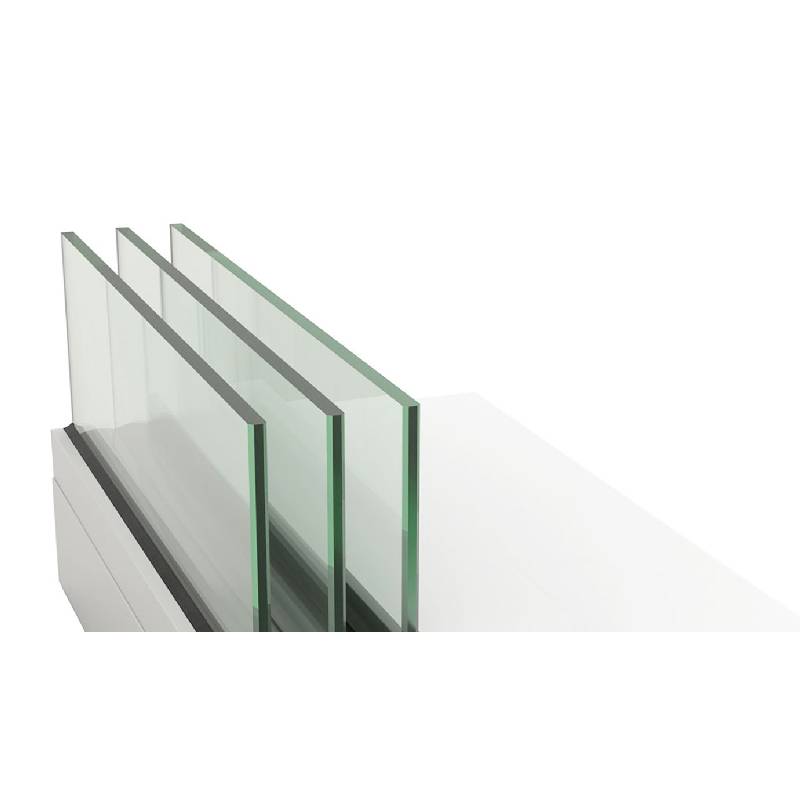

The Emergence of Green Float Glass A Sustainable Choice for Modern Architecture
In the world of construction and design, green float glass has emerged as a pivotal material, reflecting a growing trend towards sustainability and eco-friendly practices. Float glass, in general, is manufactured by floating molten glass on top of molten tin, resulting in a smooth and flat surface. The advent of green float glass introduces additional benefits, emphasizing its role in environmentally conscious construction.
Understanding Green Float Glass
Green float glass gets its name from its natural greenish tint, which is a result of the iron content in the glass. Unlike clear glass, which is made with low-iron materials, green float glass retains some of its raw materials' impurities, giving it a distinct hue. This coloration not only adds aesthetic value to architectural designs but also contributes to the energy efficiency of buildings. The absorption and reflection of sunlight by green float glass help regulate indoor temperatures and reduce reliance on artificial heating and cooling systems.
Energy Efficiency and Insulation
One of the most significant benefits of green float glass is its energy efficiency
. By using this type of glass in windows and facades, buildings can achieve better thermal insulation. The green glass helps to reduce heat gain during the summer and heat loss during the winter, making buildings more energy-efficient throughout the year. This property not only lowers energy bills for homeowners and businesses but also aligns with global efforts to reduce carbon footprints.Furthermore, green float glass can be treated with various coatings to enhance its thermal performance. Low-emissivity (low-e) coatings can be applied to minimize heat transfer, reflecting heat back into a room during winter and repelling it during summer. This dual-purpose functionality makes green float glass an ideal choice for architects and builders looking to create energy-efficient structures.
Aesthetic Appeal

In addition to its functional advantages, green float glass offers an appealing aesthetic that can complement various architectural styles. Its natural hue can blend seamlessly with earthy tones and organic materials, promoting a harmonious connection to the environment. Whether used in residential homes, commercial buildings, or public spaces, green float glass can enhance the visual impact of a structure.
Moreover, the translucent nature of float glass allows for ample natural light to penetrate into interior spaces, creating bright, welcoming environments. This feature not only benefits the occupants but also reduces the need for artificial lighting, further contributing to energy savings.
Sustainability in Manufacturing
The production process of green float glass has also evolved to embrace sustainability. Many manufacturers are now employing recycled materials in their glass production. Recycled glass cullet reduces the energy needed for melting raw materials, thereby lowering carbon emissions associated with production. Additionally, advancements in technology have made the manufacturing process more efficient, further minimizing environmental impact.
The use of green float glass can contribute to sustainable building certifications like LEED (Leadership in Energy and Environmental Design), making it a preferred choice among environmentally conscious builders and architects. By selecting materials that demonstrate a commitment to sustainability, they are not only enhancing their projects’ marketability but also contributing to a healthier planet.
Conclusion
As society continues to prioritize environmental responsibility, materials like green float glass are becoming essential in modern architecture. With its energy efficiency, aesthetic appeal, and sustainable manufacturing practices, green float glass stands out as a superior choice for architects and builders alike. The shift towards using green float glass signifies a broader commitment to sustainability in construction, paving the way for greener cities and healthier living environments for generations to come. Embracing such materials reflects a collective recognition of the importance of eco-friendly practices in combating climate change and preserving our planet’s resources. As we look to the future, green float glass will undoubtedly play a critical role in the evolution of architectural design and construction.